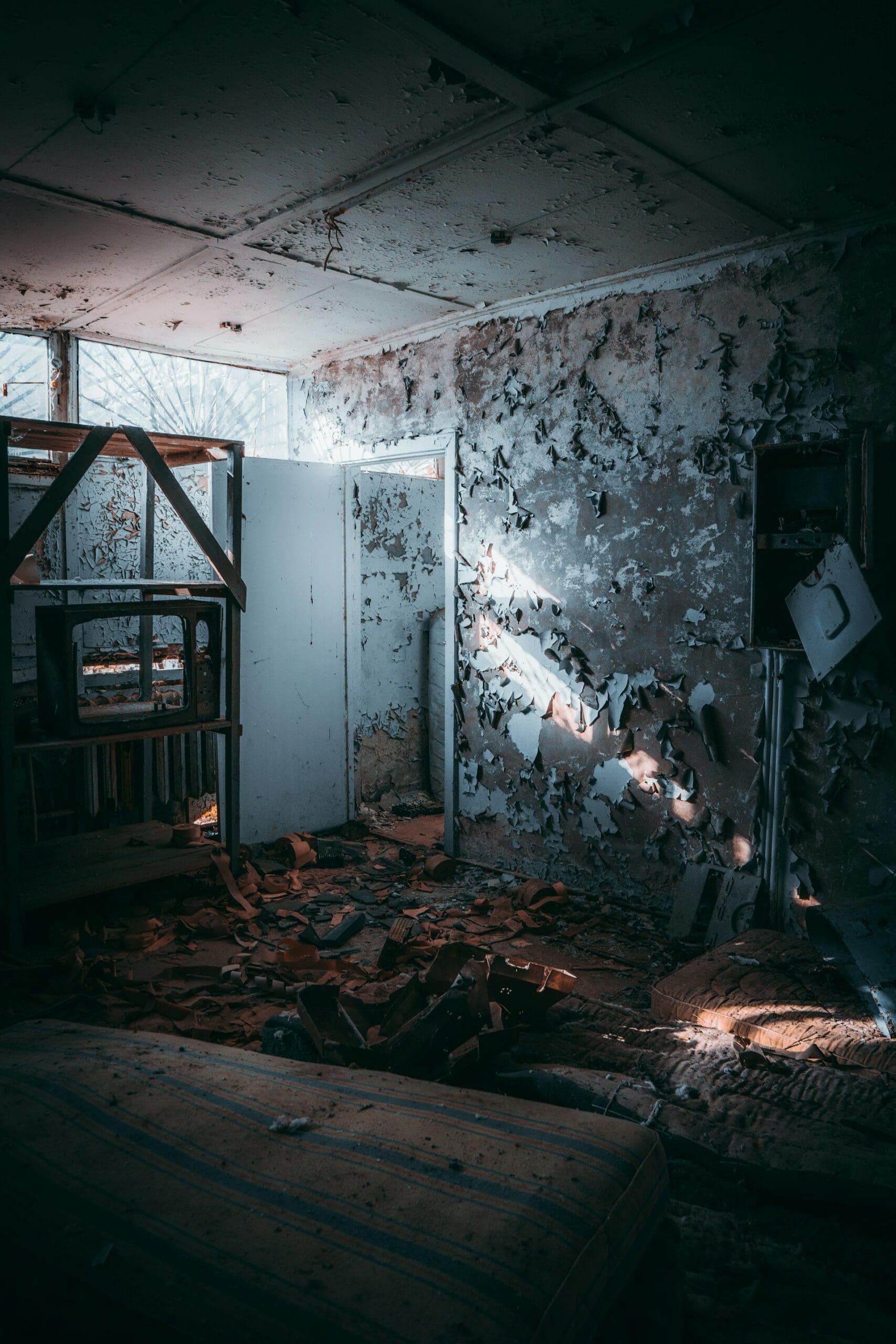Historical buildings are treasures that offer a glimpse into our past, but they often harbor hidden dangers, particularly in the form of asbestos. This hazardous material, once widely used for its fire-resistant properties, poses significant health risks when disturbed. Removing asbestos from these architectural gems requires a delicate balance between preservation and safety. This article explores the challenges and solutions in asbestos removal from historical buildings, highlighting the meticulous approach taken by restoration experts.
Understanding the Challenge
Asbestos removal in historical buildings presents unique challenges. These structures often contain delicate materials, intricate designs, and irreplaceable architectural elements that must be preserved. The process requires not just technical expertise in asbestos removal, but also a deep understanding of historical preservation techniques.
The Importance of Proper Asbestos Removal
Asbestos, when undisturbed, doesn’t pose immediate health risks. However, during renovation or restoration, these fibers can become airborne, leading to severe health issues if inhaled. Proper removal is crucial not only for the safety of current occupants but also for future generations who will interact with these buildings.
Preliminary Assessment: The First Step
Before any removal work begins, a thorough assessment of the building is conducted. This involves identifying all asbestos-containing materials, their condition, and the potential risks associated with their removal. Historical records, when available, are consulted to understand the building’s construction and renovation history.
Developing a Customized Removal Plan
Each historical building is unique, requiring a tailored approach to asbestos removal. Restoration experts develop comprehensive plans that outline removal techniques, safety measures, and strategies to protect the building’s historical integrity. These plans often involve collaboration between asbestos removal specialists, historical preservation experts, and sometimes even archaeologists.
Advanced Removal Techniques
Modern asbestos removal in historical buildings employs advanced techniques that minimize damage to the structure. These may include:
- Negative air pressure containment systems to prevent the spread of asbestos fibers
- HEPA filtration to clean the air during and after removal
- Specialized wetting techniques to keep asbestos-containing materials damp, reducing fiber release
- Careful hand removal of asbestos-containing materials in delicate areas
Preserving Historical Integrity
One of the biggest challenges in asbestos removal from historical buildings is maintaining the structure’s authenticity. Restoration experts often work to salvage original materials where possible, replacing asbestos-containing elements with safe, period-appropriate alternatives when necessary. This might involve custom fabrication of replacement parts to match the original design.
Safety Measures and Compliance
Asbestos removal in any setting requires strict adherence to safety regulations, but historical buildings add an extra layer of complexity. Restoration teams must comply with both environmental safety laws and historical preservation guidelines. This often involves close coordination with local historical societies and government agencies to ensure all work meets the necessary standards.
Post-Removal Restoration
After the asbestos is safely removed, the focus shifts to restoring the affected areas. This phase is crucial in maintaining the building’s historical character. It may involve repairing plasterwork, refinishing woodwork, or even recreating decorative elements that had to be removed during the asbestos abatement process.
Documentation and Future Preservation
Throughout the removal and restoration process, detailed documentation is maintained. This includes photographs, material analyses, and reports on the work performed. This documentation becomes part of the building’s historical record, aiding in future preservation efforts and providing valuable information for historians and conservators.
The Role of Technology in Modern Restoration
Advancements in technology have greatly aided the process of asbestos removal in historical buildings. From 3D scanning and modeling to help plan the removal process, to the use of specialized containment and filtration systems, technology plays a crucial role in ensuring both safety and preservation.
Educating the Public
An often-overlooked aspect of asbestos removal in historical buildings is public education. Restoration experts often take on the role of educators, helping building owners, historical societies, and the general public understand the importance of proper asbestos management in preserving our architectural heritage.
Delicacy and Safety
Asbestos removal in historical buildings is a complex task that requires a delicate balance of safety, preservation, and expertise. By employing advanced techniques, adhering to strict safety standards, and maintaining a deep respect for historical integrity, restoration experts are able to safely remove this hazardous material while preserving the character and value of our architectural heritage. This meticulous approach ensures that these historical treasures can be safely enjoyed and studied by future generations, free from the hidden dangers of asbestos.




